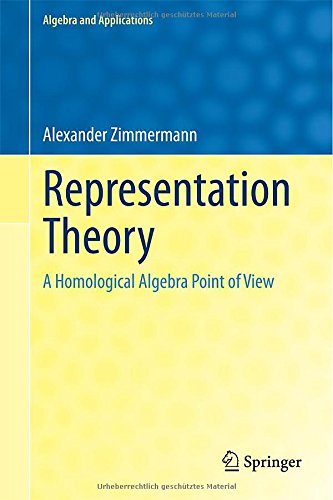

Most ebook files are in PDF format, so you can easily read them using various software such as Foxit Reader or directly on the Google Chrome browser.
Some ebook files are released by publishers in other formats such as .awz, .mobi, .epub, .fb2, etc. You may need to install specific software to read these formats on mobile/PC, such as Calibre.
Please read the tutorial at this link: https://ebookbell.com/faq
We offer FREE conversion to the popular formats you request; however, this may take some time. Therefore, right after payment, please email us, and we will try to provide the service as quickly as possible.
For some exceptional file formats or broken links (if any), please refrain from opening any disputes. Instead, email us first, and we will try to assist within a maximum of 6 hours.
EbookBell Team

0.0
0 reviewsIntroducing the representation theory of groups and finite dimensional algebras, first studying basic non-commutative ring theory, this book covers the necessary background on elementary homological algebra and representations of groups up to block theory. It further discusses vertices, defect groups, Green and Brauer correspondences and Clifford theory. Whenever possible the statements are presented in a general setting for more general algebras, such as symmetric finite dimensional algebras over a field.
Then, abelian and derived categories are introduced in detail and are used to explain stable module categories, as well as derived categories and their main invariants and links between them. Group theoretical applications of these theories are given – such as the structure of blocks of cyclic defect groups – whenever appropriate. Overall, many methods from the representation theory of algebras are introduced.
Representation Theory assumes only the most basic knowledge of linear algebra, groups, rings and fields and guides the reader in the use of categorical equivalences in the representation theory of groups and algebras. As the book is based on lectures, it will be accessible to any graduate student in algebra and can be used for self-study as well as for classroom use.